The electric vehicle (EV) revolution is about to accelerate. Canada has set a target for all new light-duty cars and passenger trucks sold to be zero-emission by 2035. The United States, meanwhile, has set a target for 50 per cent of new vehicle sales to be zero-emission by 2030. This new class of vehicles introduces concepts, terms, and acronyms that you might not be familiar with, so it’s wise to start educating yourself to demystify EVs so when it comes time to choose, you can determine which type is most suitable for you.
Clarifying “Zero-Emission”
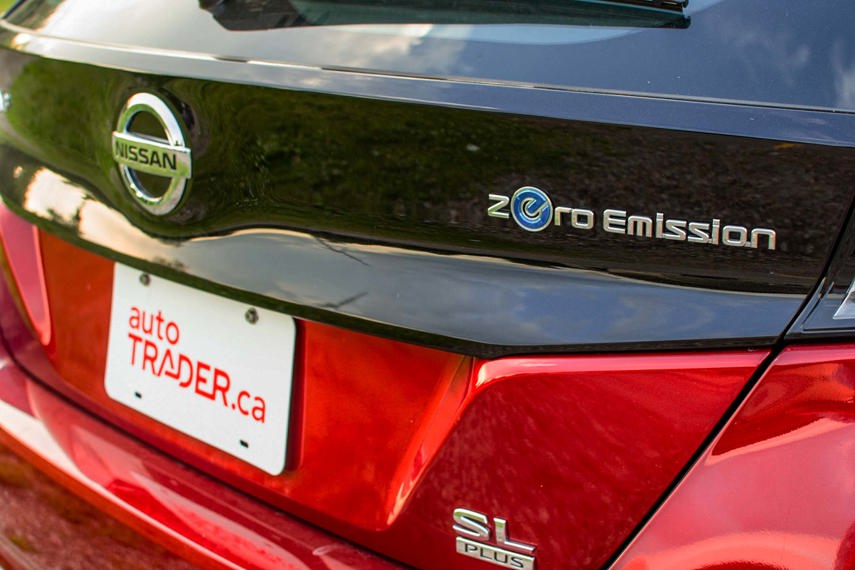
Traditionally, emissions refer to pollutants emitted from a vehicle. Common sense would imply that a “zero-emission” vehicle is one that emits no pollutants.
As part of their goals, both Canada and the United States consider the following three types of vehicles as zero-emission vehicles: Battery electric, plug-in hybrid electric, and fuel cell electric vehicles.
Plug-in hybrid electric vehicles do sometimes emit pollutants, albeit far less than a gas vehicle, so zero-emission-capable would be a more accurate description of such classification of vehicles.
A quick note on fuel cell electric vehicles: since they remain extremely rare on the market today, they will not be discussed in this article.
Hybrid Electric Vehicle (HEV) vs Plug-in Hybrid Electric Vehicle (PHEV)
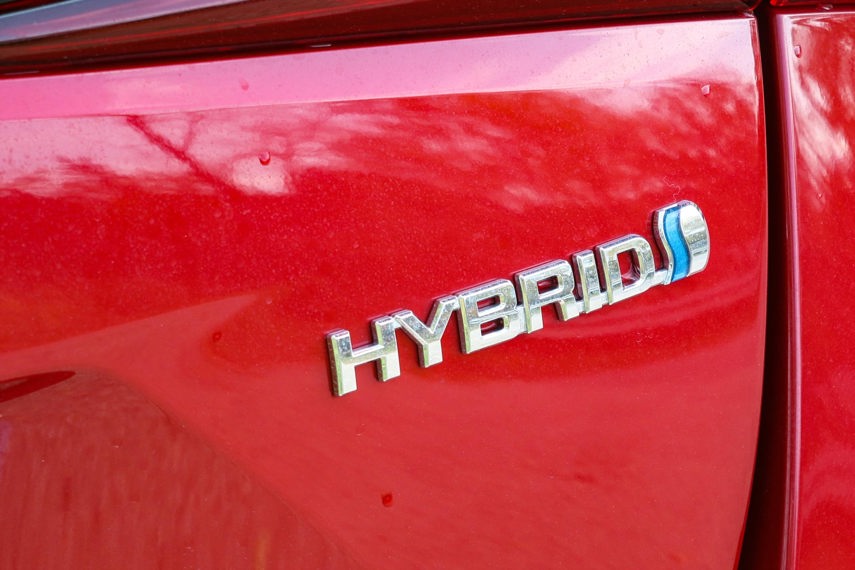
“Hybrid” refers to a vehicle that uses both a gas engine and an electric motor for propulsion. Gasoline powers the engine and a battery powers the electric motor. The battery can be recharged by the gas engine and by regenerative braking, but these vehicles can’t be plugged in to charge. Some automakers call these “self-charging.”
In HEVs, the electric motor is used to supplement the gas engine. It provides supplemental power so that a smaller gas engine can be used without sacrificing total horsepower available. Using a smaller gas engine results in fewer emissions and better gas mileage.
A hybrid vehicle can operate in three different modes: engine-only, where the vehicle is propelled only by the gas engine; electric-motor-only, where the vehicle is propelled only by the electric motor; and hybrid mode, where the gas engine and the electric motor operate simultaneously to propel the vehicle.
Because the electric motor and its accompanying battery are designed only as a supplement to the gas engine, an HEV rarely operates in the truly zero-emission, electric-only mode. Some hybrids can run on electric power only while parking or coasting. Most of the time, HEVs operate in hybrid mode, so they still burn gas and emit pollutants, just less than a traditional gas-engine-only vehicle.
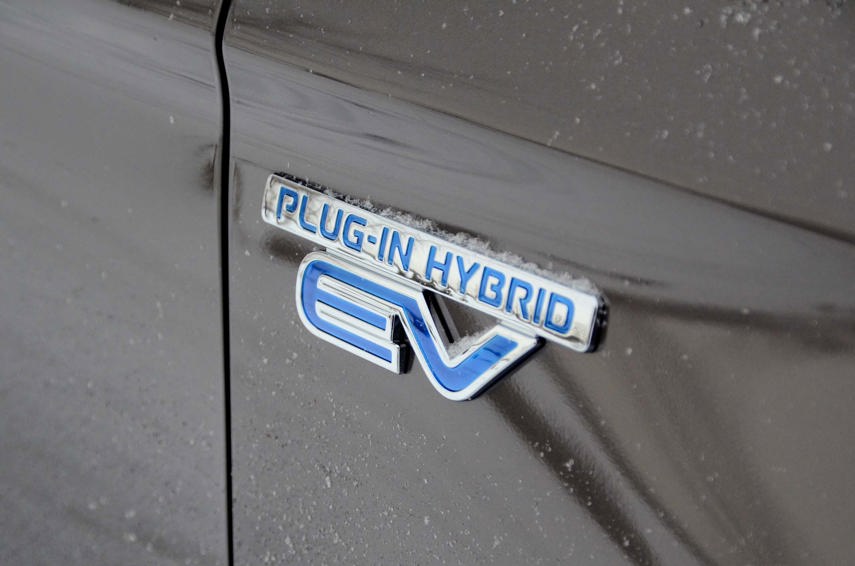
A PHEV, meanwhile, still has an internal-combustion engine, but can be plugged into an external energy source to recharge its battery. The battery capacity in a PHEV is significantly larger than that of an HEV. The electric motor in a PHEV is also larger, more powerful, and is designed to operate independently of the gas engine instead of simply existing to supplement it. The larger capacity battery and the more powerful electric motor enable PHEVs to operate in electric-only mode far more often, therefore emitting even fewer pollutants than an HEV. PHEVs can typically drive on electricity alone for about 30 to 50 km on a single charge before the gas engine kicks in.
Both Canada and the United States have excluded HEVs as a zero-emission vehicle in their goal statements. Both countries identified only the plug-in variant of hybrid electric vehicles (PHEVs) as zero-emission.
Battery Electric Vehicle (BEV)
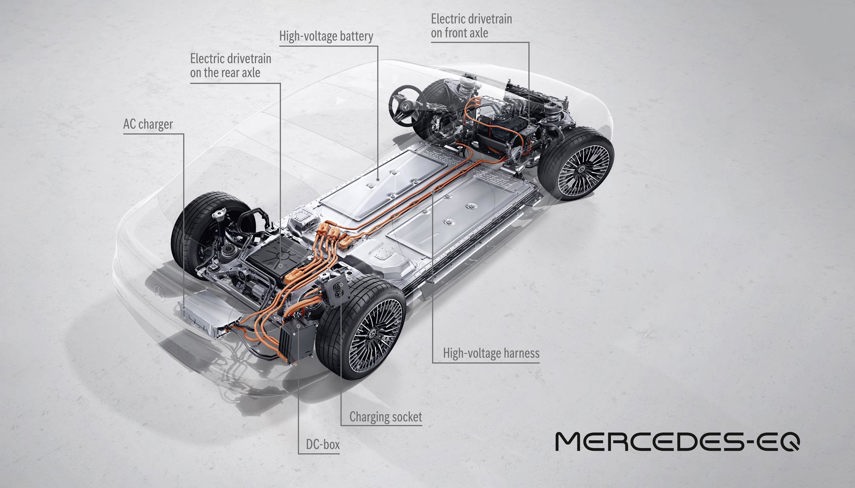
BEVs, sometimes referred to as full-electric vehicles or simply EVs, do not have a gas engine. The battery onboard a BEV has a much larger capacity than a PHEV, which enables it to use only an electric motor (sometimes more than one) to propel the vehicle. Without a gas engine, a BEV consumes only electricity and, therefore, is a truly zero-emission electric vehicle.
Energy Efficiency and Relative Energy Costs
A vehicle’s energy efficiency is a measure of how well a vehicle converts its energy source into mechanical power to propel the vehicle. The process of converting gasoline fuel into mechanical power by an internal combustion engine (ICE) is very inefficient because it produces a lot of waste energy in the form of heat. The process of converting electricity into mechanical power by an electric motor is much more efficient because very little of that electricity is wasted in that process.
Since a PHEV can operate in electric-only mode far more often than an HEV, it is not only more energy efficient overall, but it also consumes electricity more often (as opposed to gas) than an HEV would. Electricity is significantly cheaper than gasoline, so the energy cost for a PHEV is lower than an HEV, which consumes gasoline more often than electricity during its operation.
A BEV consumes only electricity which makes it the most energy efficient with the lowest energy cost. Even among EVs, however, energy efficiency varies.
BEV Charging Options, Range, and Range Anxiety
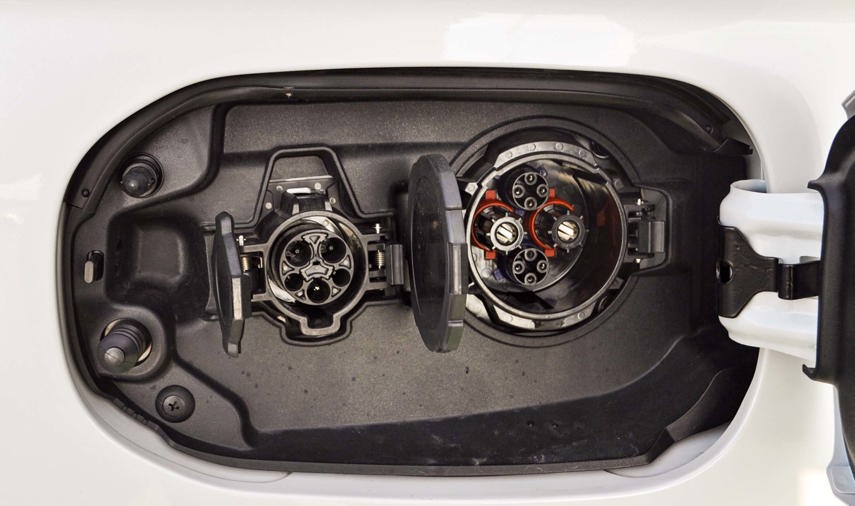
The notion of range became relevant only with the introduction of BEVs to the mass market about a decade ago. Early adopters of BEVs complained of “range anxiety,” where they feared the car’s battery would run out of charge before they could reach their destination or a charging station enroute, since charging stations at the time were still very sparse.
Most BEVs on the market today can easily do at least 300 km of real-world, mixed highway and city driving on one full charge. Even BEVs with the smallest battery capacity will suffice for the average North American round-trip commute of around 50 km. And since all BEVs can be charged at home (as long as you have access to a standard electrical outlet near your vehicle), allowing you to top up your charge at the end of every day overnight, it makes the vehicle’s maximum range practically irrelevant for daily use.
It might be helpful to reference our article for Everything You Need to Know About Charging an EV at Home. If you do not have the means to keep the vehicle plugged in at home overnight, then a BEV may not be the best choice for you, but it’s still possible to make use of public charging.
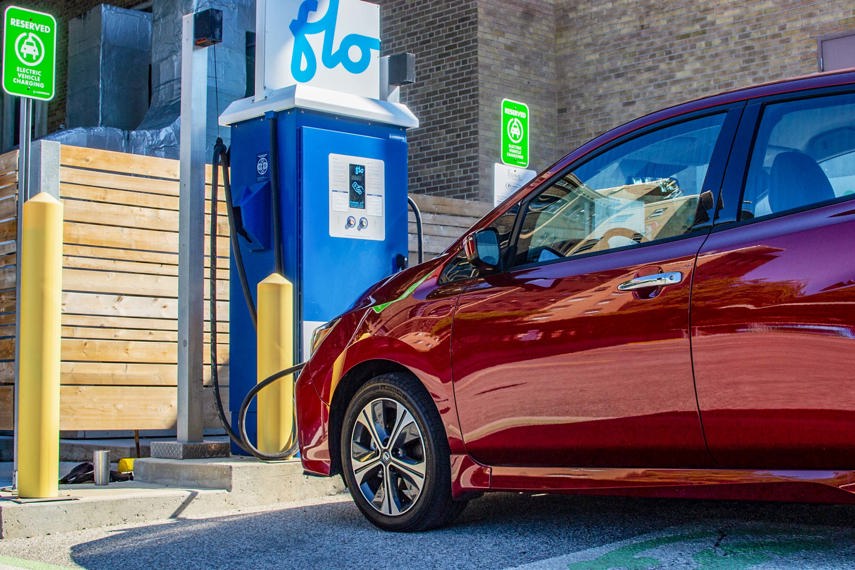
A BEV’s range becomes more relevant for road trip considerations where you need to drive long distances and must rely on the public charging infrastructure to recharge the vehicle. Road trips in a BEV require more planning to ensure you get to a charging station along your route when you need one. Road trips in a BEV will usually take more time to complete than an ICE vehicle because it takes longer to recharge than to refill a gas tank, but the energy cost for the trip would be lower for BEVs since charging is cheaper than refueling.
Note that road trips in an HEV or PHEV do not present the same challenges since they can always use their gas engines and consume the gasoline onboard when their batteries are fully depleted. Further, their gas engines will recharge their batteries as they drive.
Understanding an electrified vehicle’s drivetrain, energy source, range, and recharge options are fundamental to knowing which one is right for you. The quick reference chart below illustrates major differences between HEVs, PHEVs, and BEVs and compares them to a traditional ICE vehicle.
Part 2 of this article, which will be published in the near future, will demonstrate how to calculate and compare their energy costs, discuss differences in maintenance costs, and go through winter considerations to help determine which type of electrified vehicle is the best for you.
|
Attribute |
Internal Combustion Engine (ICE) Vehicle |
Hybrid Electric Vehicle (HEV) |
Plug-in Hybrid Electric Vehicle (PHEV) |
Battery Electric (BEV) |
|---|---|---|---|---|
|
Drivetrain |
Engine |
Engine and electric motor |
Engine and electric motor |
Electric motor(s) |
|
Energy Source |
Gasoline or diesel |
Gasoline (rarely, diesel) and electricity |
Gasoline (rarely, diesel) and electricity |
Electricity |
|
Energy Storage |
Fuel tank |
Fuel tank and battery |
Fuel tank and battery |
Battery |
|
Battery Recharge Method |
N/A |
Engine |
Engine or plug in |
Plug in |
|
Battery Capacity |
N/A |
Around 1–2 kWh |
Around 14–30 kWh |
Around 50–100 kWh |
|
Relative Energy Efficiency (to ICE) |
Reference |
Better |
Much better |
Best |
|
Energy Consumption Unit of Measure |
L/100km |
L/100 km combined |
L/100 km combined |
kWh/100 km |
|
Energy Costs |
Cost of fuel |
Cost of fuel |
Cost of fuel and electricity combined |
Cost of electricity |
|
Relative Energy Cost (to ICE) |
Reference |
Low |
Lower |
Much lower |
|
Relative Maintenance Cost (to ICE) |
Reference |
Same or higher |
Same or higher |
Much lower |
|
Drivetrain Layout |
Most commonly front engine; front-wheel drive, rear-wheel drive, or all-wheel drive |
Most commonly front engine with electric motor attached; front-wheel drive, rear-wheel drive, or all-wheel drive |
Most commonly front engine with electric motor attached; front-wheel drive, rear-wheel drive, or all-wheel drive |
Front or rear axle-mounted electric motor(s) for front- or rear-wheel drive; front and rear axle-mounted electric motor(s) for all-wheel drive |
|
Zero-emission |
Never |
Rarely, when in electric-only mode |
Sometimes, when in electric-only mode |
Always |

